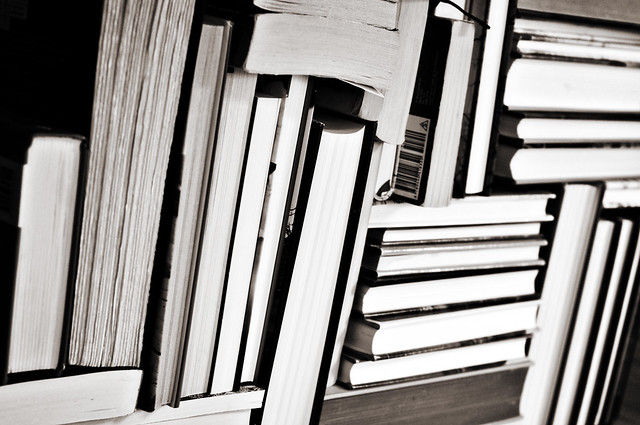No doubt most of you are not sitting under a foot of snow as we are here at Maplehurst, but early March days are still ideal reading days.
I’m reading mostly gardening books, which, I suppose, must mean that I am a very hopeful person. Or else that I am practiced in denial.
I have a stack of gardening books currently checked out from my library, including the coffee-table treasury Visions of Paradise by photographer Marina Schinz. It begins with these words:
To create a garden is to search for a better world. In our effort to improve on nature, we are guided by a vision of paradise. … This hope for the future is at the heart of all gardening.
I think this is true of gardening, but my late-winter prayer is that these words would be true in every area of my life. That my reading, my loving, my working – everything – be motivated by hope for the future.
The following post contains affiliate links. You can find all my book recommendations here.
My favorite book in that stack of gardening books is The Essential Earthman: Henry Mitchell on Gardening.
Henry Mitchell was a columnist for the Washington Post. This posthumous collection has been called “one of the great American gardening books,” and I absolutely agree. This is wonderful reading: informative, practical, hilarious, witty. In its own subtle way, it is brilliant.
Its appeal for gardeners is obvious, but as I read I decided the book was worthy of an even broader audience. Almost all of the pieces are wonderful examples of what newspaper opinion writing can be.
We can all learn something from Henry Mitchell. We might learn about planting peonies or which varieties of daffodil are the most glorious. Or, we might learn the subtle art of communicating one’s own strong opinions in the most disarming and entertaining way.
*
Dept. of Speculation (Vintage Contemporaries) by Jenny Offill is not like any other novel you have read. I am sure of that. It is more like one of those works of art that looks, from a distance, like a hyper-realist portrait but is, upon closer examination, found to be made up entirely of buttons or bottle caps.
From a distance, this is the story of a marriage that is falling apart. Now, I know that sounds entirely too depressing for late-winter, but the full arc of the story is hopeful and beautiful.
But close up? This is a strange collection of thoughts and facts and memories. I tend not to like experiments in fiction, James Joyce excepted, of course. But when an experiment works, it really, really works. And this one works.
There is nothing self-indulgent about Offill’s writing. Instead, she has found a new way to tell a familiar story, and the result is astonishing.
*
I sometimes postpone writing these book recommendation posts because I worry that I haven’t read enough new, great books. I forget that the premise, when I began, was simply to tell you about the books on my shelves. Or, more accurately, the books taken off the shelves and left lying near beds and armchairs.
We’ve loved Mary Ann Hoberman’s picture book The Seven Silly Eaters for years, but this book has recently come off the shelf for round after round of reading. Elsa loves it, but my nearly-six and nearly-nine-year-old boys come like moths to a flame when they hear me reading it.
We are big fans of other Hoberman books, especially A House Is a House for Me and The Llama Who Had No Pajama: 100 Favorite Poems
, but The Seven Silly Eaters is special. It’s the rhyming story of a tired mother with seven picky-eaters for children, but, like all great picture books, it offers so much more. Every illustration tells a story of its own, and, I think, every family will find something of themselves in its pages.
Do you think your child is too old for picture books? Do you think you are too old for picture books? Then I recommend The Seven Silly Eaters as a very necessary corrective.
Happy reading, friends.
*

